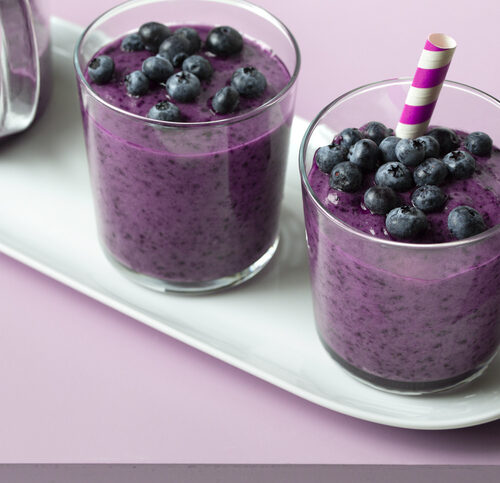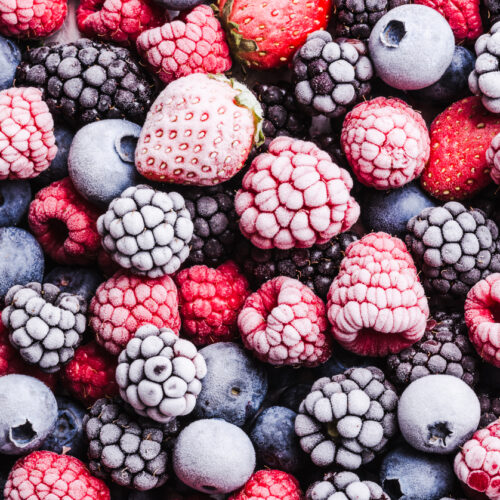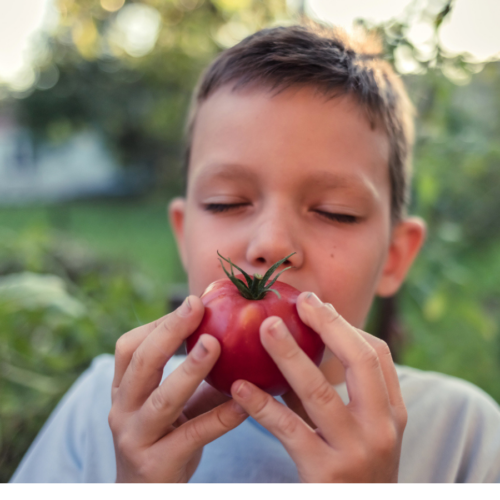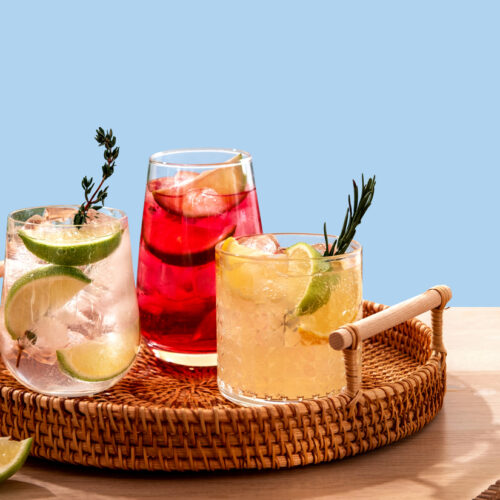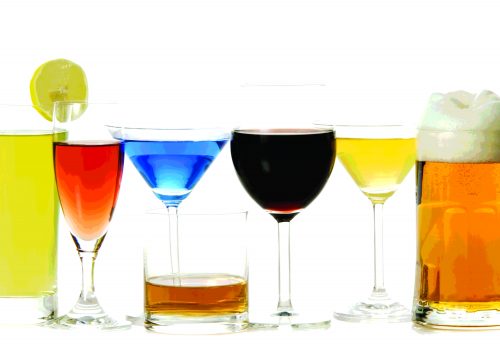
Healthy Food Guide nutritionist Claire Turnbull answers your questions on alcohol.
Is alcohol good or bad for us?
On the positive side, there is some evidence to suggest that in limited amounts (less than two drinks a day for men and one for women) alcohol may decrease the risk of heart disease and stroke in older adults. This is not a compelling reason to start drinking alcohol if you don’t already, as there are much healthier ways to improve heart health without drinking alcohol.
Now to the downsides. The list is definitely longer!
According to the latest information from the World Cancer Research Fund, your risk of cancer is higher as someone who drinks alcohol than someone who doesn’t drink alcohol, and the more your drink, the greater your risk.
Regular consumption of alcohol above recommended limits increases the risk of chronic diseases including pancreatitis, mental illnesses, fetal alcohol syndrome, osteoporosis and diseases of the liver.
Despite alcohol often being used to help people relax and get to sleep, in the long term it makes things worse. Having alcohol in our system when we go to bed can reduce the quality of sleep so even if we feel like we slept for hours, we’re likely to wake up not feeling well rested.
Alcohol is very high in energy (kilojoules) so for those who drink regularly this is likely to contribute to weight gain.
If you have spirits with non-diet mixers (such as rum and Coke, vodka and lemonade or any of the RTD options), this can also add a whack of sugar to your day.
Drinking alcohol often also goes hand-in-hand with snacking on high-fat, high-salt foods.
So, the message remains, that if you do drink alcohol, moderation is really important. Have alcohol-free days as often as possible and limit the amount you drink in one sitting. If you don’t drink it at the moment, there is no good reason to start.
For those who are watching their waistlines, is it better to drink beer or wine?
Sadly, neither. Beer and wine are quite similar in their energy content when you consider an average drink size. A bottle of beer is around 580kJ in a 330ml bottle of five per cent lager like Corona, whereas a 150ml glass of wine (one-fifth of a bottle) is around 520kJ.
There is a common misconception that beer and wine have lots of sugar in them and that’s why they cause weight gain. This isn’t really true. A 330ml bottle of beer will usually have less than one teaspoon of sugar, similar to a glass of wine; this is very little compared to the eight teaspoons of sugar in a 375ml can of soft drink. The problem is that alcohol itself is very high in kilojoules: one gram of alcohol provides 29kJ compared to one gram of sugar with 17kJ.
If you want a lower-kilojoule drink, look for a low-alcohol beer, the lower the better. These vary from around 180kJ to 380kJ for a 330ml bottle. Or try a single unit (just 30ml) of a spirit like gin, vodka or rum with a diet mixer or soda. This is around 270kJ.
How does cider compare to beer and wine when it comes to kilojoules and sugar?
Although they vary, as a rough guide, the energy content of cider is similar to beer at 500-600kJ per 330ml bottle. When it comes to sugar, like beer and wine, it’s one to three teaspoons of sugar per bottle of cider: it’s the alcohol that makes it high in kilojoules.
Which is better for you: red or white wine?
Red wine is often considered to be better for you than white wine because red wine is generally higher in antioxidants and contains resveratrol. While there is a lot of hype around so-called benefits of red wine, it really can’t be said that drinking red wine is better for health overall than not drinking at all.
The bottom line
If you choose to drink wine, drink red or white wine because you like it and enjoy it and avoid drinking too much.
What’s the latest advice for alcohol consumption?
- 150ml glass of wine is 1.5 standard drinks
- 330ml bottle of 5% alcohol beer is 1.3 standard drinks
- 30ml shot of spirits is 1 standard drink
For adults
Reduce your long-term health risks by drinking no more than:
- 2 standard drinks a day for women and no more than 10 standard drinks a week
- 3 standard drinks a day for men and no more than 15 standard drinks a week
- AND have at least 2 alcohol-free days every week
Reduce your risk of injury on a single occasion of drinking no more than:
- 4 standard drinks for women on any single occasion
- 5 standard drinks for men on any single occasion
For pregnant women or those planning to get pregnant
- No alcohol
There is no known safe level of alcohol use at any stage of pregnancy.
For parents of children and young people under 18 years
- For children and young people under 18 years, not drinking alcohol is the safest option.
- Those under 15 years of age are at the greatest risk of harm from drinking alcohol and not drinking in this age group is especially important.
- For young people aged 15 to 17 years, the safest option is to delay drinking for as long as possible. If 15 to 17-year-olds do drink alcohol, they should be supervised, drink infrequently and at levels usually below and never exceeding the adult daily limits.
www.healthyfood.com


